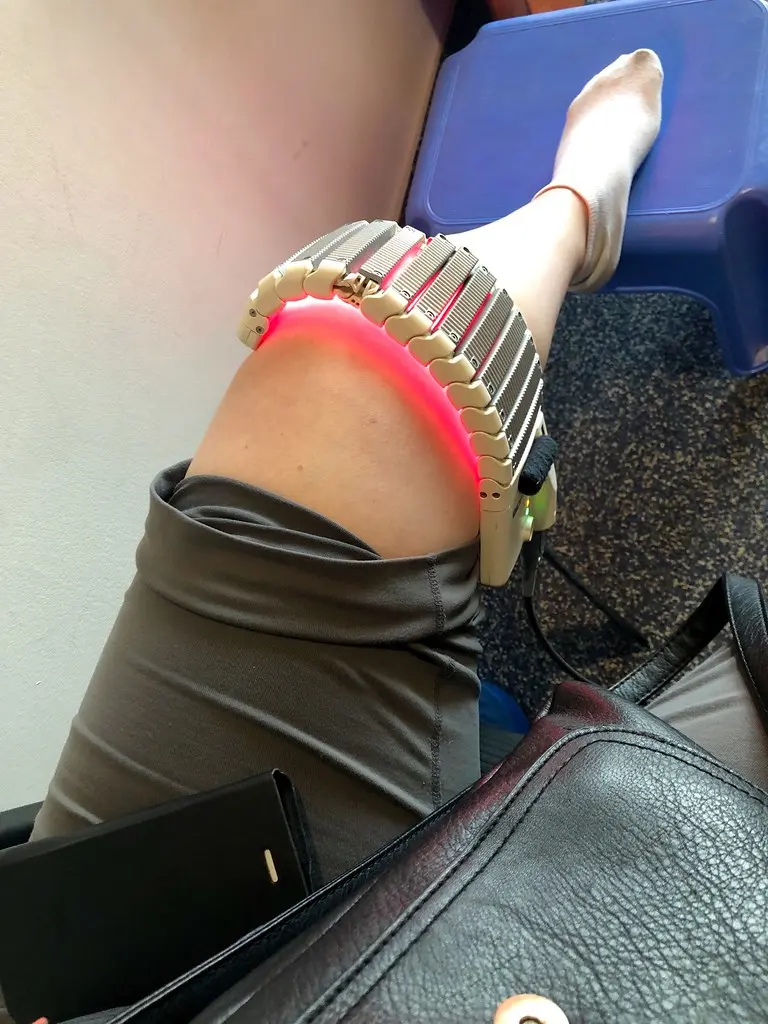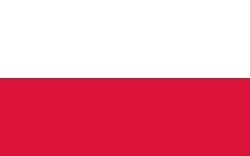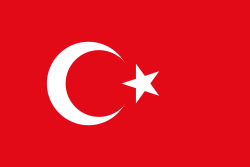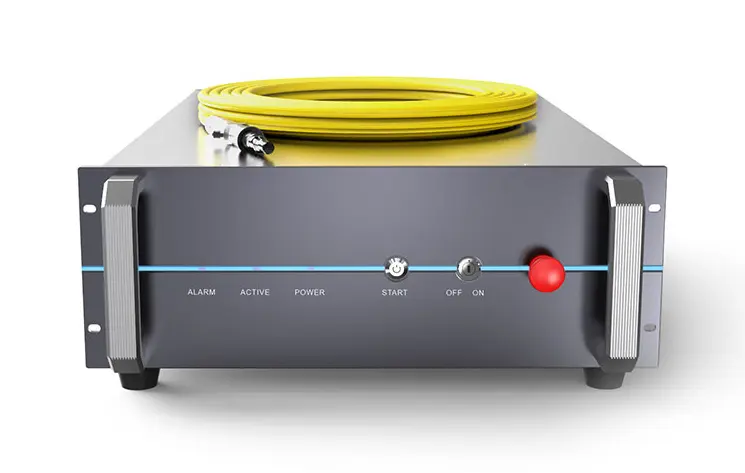
The application of lasers in physiotherapy is based on photochemical and photobiological effects in cells and tissues. It is a non-invasive and painless technique and has mainly anti-inflammatory and pain-relieving functions. The electromagnetic wave generates localized heat, thus increasing metabolism activity, lymphatic drainage and improving blood circulation by promoting vasodilation.
Other benefits include the biostimulating properties of laser therapy, which are particularly useful in the case of muscular pathologies, arthralgias of various kinds, both rheumatic and degenerative, general traumatology and motor recovery after surgery or following the removal of plaster casts or rigid bandages.
Physiotherapy

The application of lasers in physiotherapy is based on photochemical and photobiological effects in cells and tissues. It is a non-invasive and painless technique and has mainly anti-inflammatory and pain-relieving functions. The electromagnetic wave generates localized heat, thus increasing metabolism activity, lymphatic drainage and improving blood circulation by promoting vasodilation.
Other benefits include the biostimulating properties of laser therapy, which are particularly useful in the case of muscular pathologies, arthralgias of various kinds, both rheumatic and degenerative, general traumatology and motor recovery after surgery or following the removal of plaster casts or rigid bandages.
Physiotherapy
In physiotherapy, lasers are used for therapeutic purposes to reduce pain, inflammation, and promote tissue healing. This technique, known as low-level laser therapy (LLLT) or photobiomodulation, commonly uses diode lasers and class IV lasers due to their effectiveness and safety in clinical settings.
Diode lasers are the most widely used in physiotherapy. They emit low-power light, typically in the 600–1000 nm range, which penetrates tissue to stimulate cellular repair, increase circulation, and reduce inflammation. They are effective for treating conditions like muscle strains, tendonitis, and joint pain.
Class IV lasers, which are higher-powered therapeutic lasers, are used for deep tissue therapy. They can deliver more energy in a shorter time, making them suitable for chronic pain, sports injuries, and post-surgical rehabilitation, while also promoting faster recovery.
The choice of laser in physiotherapy depends on the depth of the target tissue, type of injury, and desired treatment intensity. Diode lasers are preferred for routine therapeutic applications, while class IV lasers are used for deeper and more intensive treatments.
In physiotherapy, lasers are used for therapeutic purposes to reduce pain, inflammation, and promote tissue healing. This technique, known as low-level laser therapy (LLLT) or photobiomodulation, commonly uses diode lasers and class IV lasers due to their effectiveness and safety in clinical settings.
Diode lasers are the most widely used in physiotherapy. They emit low-power light, typically in the 600–1000 nm range, which penetrates tissue to stimulate cellular repair, increase circulation, and reduce inflammation. They are effective for treating conditions like muscle strains, tendonitis, and joint pain.
Class IV lasers, which are higher-powered therapeutic lasers, are used for deep tissue therapy. They can deliver more energy in a shorter time, making them suitable for chronic pain, sports injuries, and post-surgical rehabilitation, while also promoting faster recovery.
The choice of laser in physiotherapy depends on the depth of the target tissue, type of injury, and desired treatment intensity. Diode lasers are preferred for routine therapeutic applications, while class IV lasers are used for deeper and more intensive treatments.



